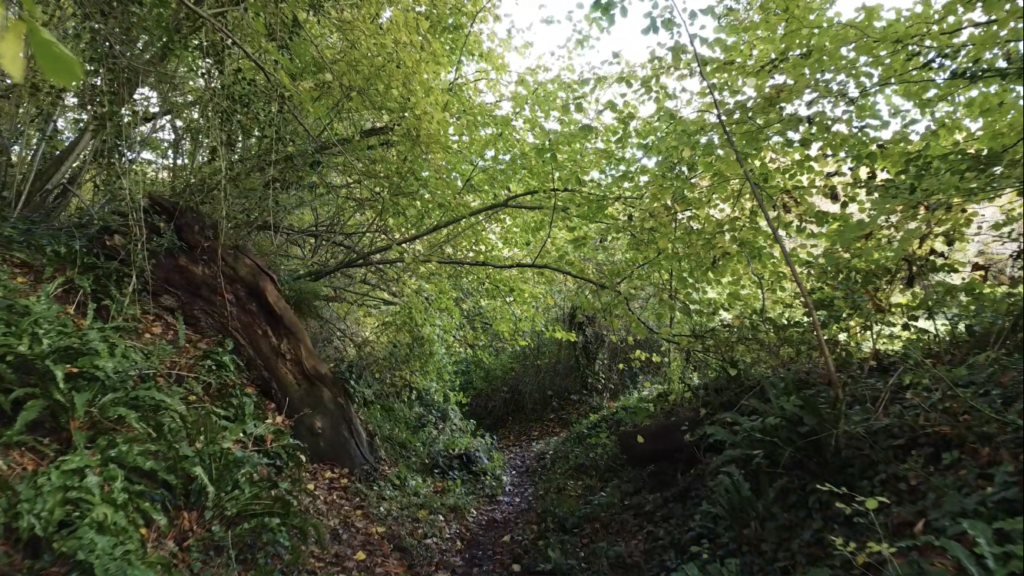So where should you be looking if you want to find ancient trees?
Ancient trees can be found in many different landscapes and often signify some of the remaining historical pockets of land, within the modern world. Their position can provide insights into previous land use which can be very valuable for current management.
The majority of ancient trees can be found in traditional forests, wood pastures, parkland and wooded commons. However, they can also be found in parks, hedgerows and urban areas too.

An interesting distinction to make is that forest refers to an area of wooded land (originally deemed large enough to sustain enough species for hunting). Whilst woodland is also an area of land covered with trees, but they tend to be smaller than forests in the UK.
Some of the most medieval forests in the UK which support ancient trees include the New Forest, Sherwood Forest and Hainault Forest. Excitingly, two of my protecting ancient trees interpretation boards are going to be installed in Hainault Forest, Greater London. With another board headed for Dyrham Park, South Gloucestershire which is owned by the National Trust.
Closed-canopy ancient woodlands can sustain a good proportion of older trees. But the closed canopy makes it less likely these trees will reach ancient status. So, you are more likely to find veteran trees in these kinds of woodlands instead. However, there are ancient woodland sites called Planted Ancient Woodland Sites (PAWS) which have been planted for commercial forestry. These do tend to contain ancient trees, but as they have been planted up artificially, unfortunately competing vegetation means many are eventually being smothered. This is true of over half of PAW sites in Britain according to the Oxford Forestry Institute.

Wood pasture is an area of grazing land with trees, with the trees being cut periodically and maintained as pollards. This method keeps the tree at an artificially smaller height than usual, with new growth developing above the browsing line of animals. Wood pastures and parklands are valuable both naturally and historically in the UK landscape and are classed as a Priority Habitats. Wood pasture sustains a multitude of habitats including ancient and veteran trees, open grassland, patches of shrubs and microhabitats including hollowing trees, rot holes and ageing bark. This makes it ideal for many species, especially when there is connectivity within the landscape.
Ancient trees were historically common in commons and open land which were used as traditional grazing land. But as management of these areas have changed, we have unfortunately seen a decline in ancient trees. Some ancient trees can still be spotted in the middle of fields; however, these can easily be damaged by ploughing activities too close to their roots. Grazing cattle can pose a threat through soil compaction when shading, and also can cause secondary damage through ingesting wormers which can enter the soil and kill beneficial organisms, such as beetles and earthworms. Old orchards which support ancient trees were also commonplace in the countryside but are under threat from more intensive fruit production systems.
As we have seen, ancient trees can be found in a variety of landscapes, but many are under threat due to changing management practices and a move away from traditional land use. It may be surprising that ancient trees can be found in so many different landscapes and habitats. But it proves that they are adaptable and capable of gaining ancient status. This is encouraging and can help to teach us how to care for them and maintain them for the future.